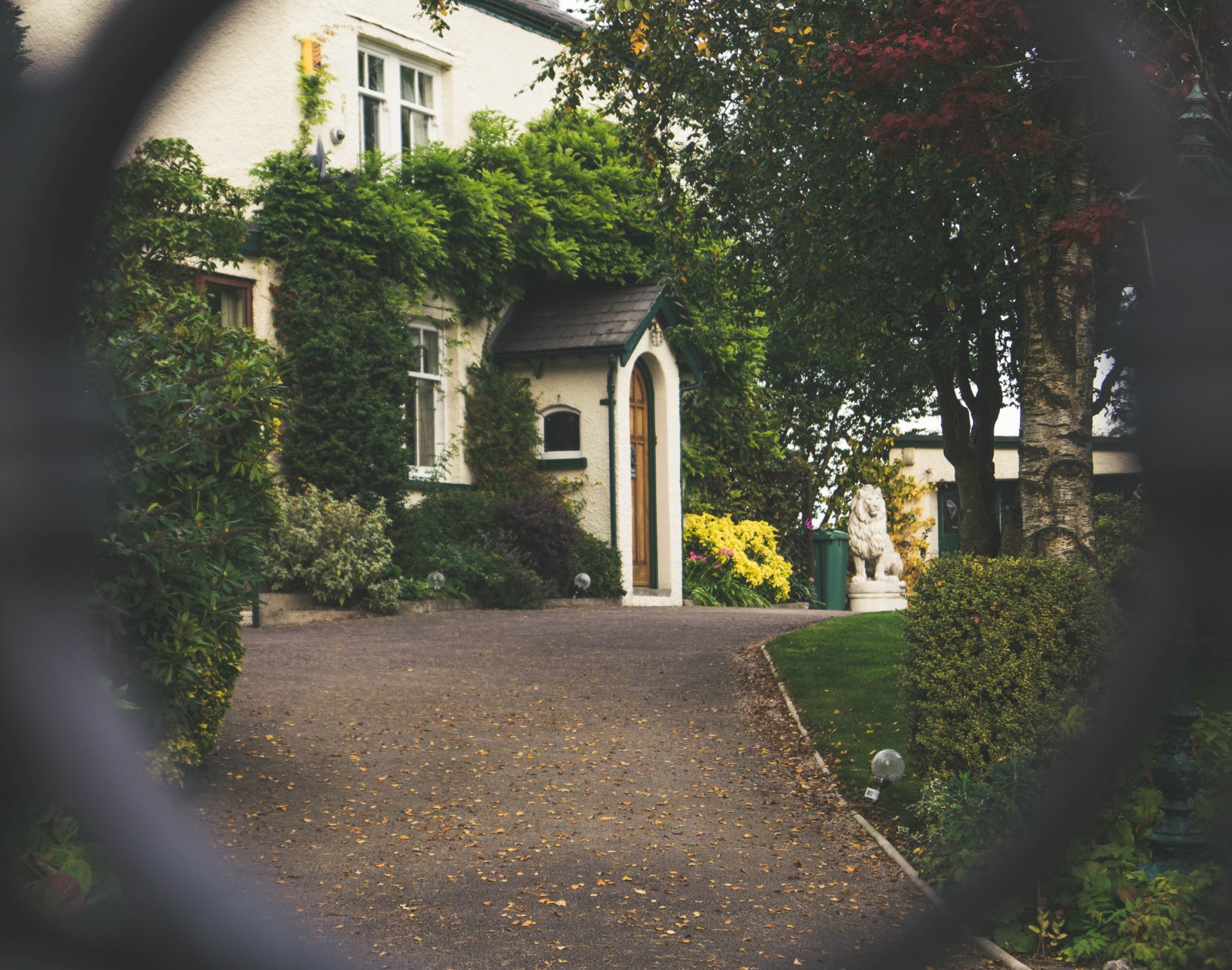Views expressed in opinion columns are the author’s own.
Affordable housing is under attack. The D.C. metro area is grappling with potential housing consequences of the Trump administration’s proposed budget. It would eliminate federal housing vouchers and increase homelessness in Washington.
“Depending on how the cuts are implemented, hundreds of low-income families, seniors and homeless veterans waiting for units could be cut off from new placements,” according to a March 18 article from The Washington Post. The Housing and Urban Development Department, which provides public housing, would lose more than $6 billion.
This administration is dealing a severe blow to a system that already does far too little to correct a legacy of racism in housing policy. The proposed cuts would disproportionately affect black Americans, and the history behind why is too often ignored.
The disparities in terms of wealth and home ownership are staggering. An average black household has only about 6 percent of the wealth of an average white household, according to the study “The Racial Wealth Gap: Why Policy Matters” by Demos. This racial wealth gap has been growing since the mid 20th century and is directly linked to housing policy. A shift occurred after World War II and the creation of American suburbs.
As legal scholar John Powell said, it was a time when “whites moving to the suburb[s] were being subsidized in an accumulation of wealth, while blacks were being divested.” This is because federal housing policy provided funds to encourage suburban home ownership, but only if you were white.
“Redlining [a form of discrimination in banking or insurance practices], discriminatory mortgage-lending practices, lack of access to credit, and lower incomes have blocked the homeownership path for African-Americans while creating and reinforcing communities segregated by race,” according to a Brandeis University report. This means that white families were given subsidies to make it easier to purchase a home. Meanwhile, black families were purposefully excluded from these new communities. The suburbs, essentially, were places designed to protect the idea of whiteness. This new space that came to redefine the American Dream was inherently racist.
These laws are only a few generations old, and the informal policies of housing discrimination continue today. It’s important to note how housing is directly connected to quality of life. Where you live defines much about the opportunities you receive. Housing affects quality of schools, crime rates, healthcare, childcare, employment and more.
Home ownership is a key element to gaining intergenerational wealth. “When you prevent a whole class of people from building wealth, accessing capital, or leaving impoverished areas, you guarantee cultural dysfunction and deep, generational poverty,” wrote Jamelle Bouie for The Daily Beast. “When it comes to inner-city poverty—we built that.” And during this time period, as suburban property values rose, the disparity grew.
When Trump talks about “inner city” problems, he is using racially coded language that unfairly turns the complexity of the black community into a monolith. The racial association that has developed with the phrase “inner city” is a direct result of the aforementioned racist policy.
The “inner city” was created as a concept along with the creation of something outside: the suburbs. Though the racial wealth and housing gap has been ignored for so long, federal housing programs at least provided some with a place to live. By proposing cuts to those programs, this administration is actively harming poor communities and communities of color.
We need to fully fund federal housing programs, but we can’t stop there. We need bold action to undo what racism in housing has done. We need to provide federal housing loan subsidies specifically for black citizens who have been denied and excluded for too long. We need to give reparations to black families for the wealth they were unable to attain.
White Americans must also reckon with their own images of living out the American Dream. If we are to make strides to close the racial wealth gap, our picture of the suburbs has to change. Racially segregated housing will perpetuate inequality as long as we allow it to persist.
Jack Lewis is a junior government and politics major. He can be reached at jlewis20@umd.edu.



